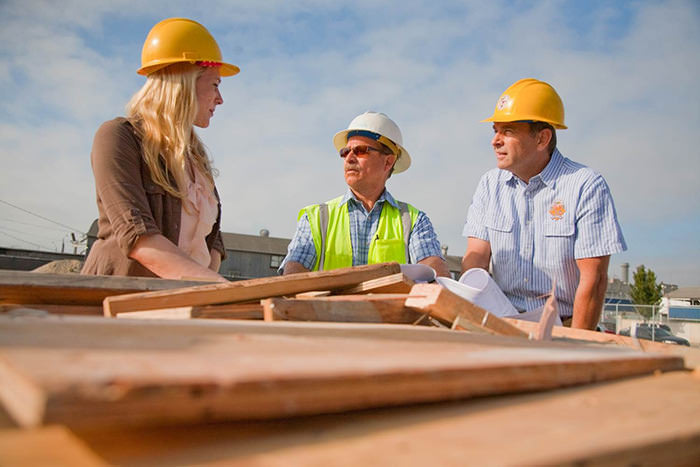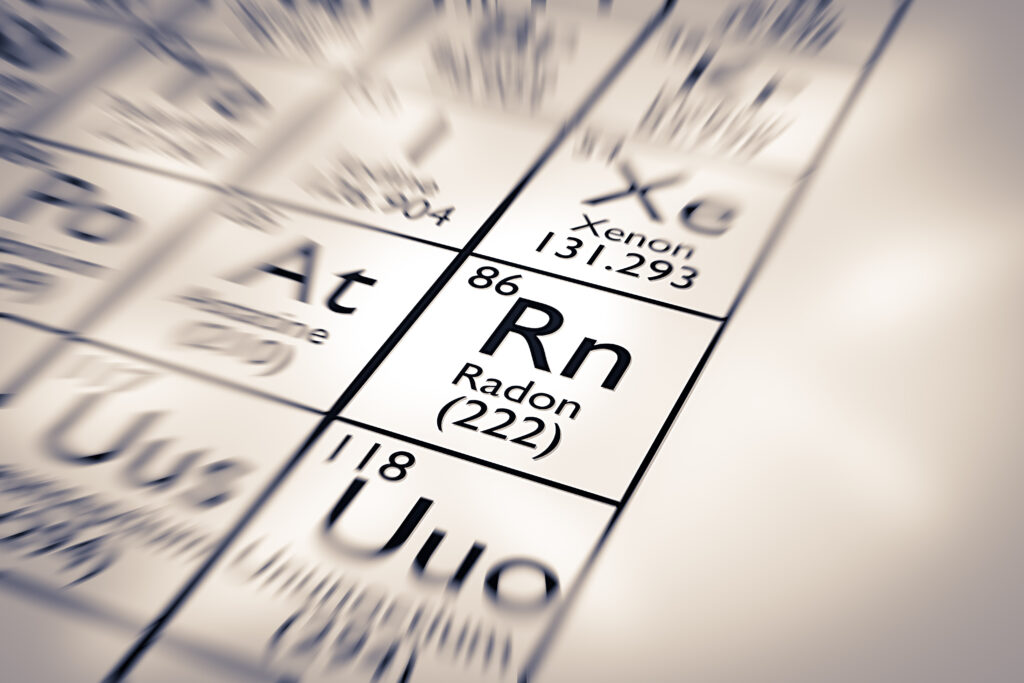10 Dec Three Must-Dos for Contact-Free Building Inspections
Since March of 2020, we in America have battled different reports about Coronavirus and how we can safely continue our lives moving forward. Even with differing opinions, one thing remains consistent – utilizing Contact-Free methods that promote social distancing can help reduce the spread. For that reason, we at NOAH want to be sure to offer contactless inspections by licensed inspectors to keep you safe and keep your business and building moving forward.
Reducing the Spread of Disease

Some viruses – like the virus that causes COVID-19 – spread easily, according to the Centers for Disease Control and Prevention. Social distancing puts space between individuals. If someone is sick and there are no people around, a virus cannot spread.
“Social distancing means we are doing our best to stay away from people so as to limit the spread of coronavirus,” says UNC family medicine physician Sarah Ruff, MD.
“It’s really important because if everyone gets coronavirus at once and ends up in the hospital at the same time, our healthcare system would be overwhelmed. We need to ‘flatten the curve.’”
Normally a building inspector comes into your home after several visits to other job sites, bringing mud and germs along with them. NOAH RDI offers contact-free remote building inspections. These are especially useful when doing room additions and alterations.
Many, in the face of this pandemic, are opting to socially distance, homeschool, or work from home. Your home is your safe space and we want to keep it that way.
- A good connection. Good wifi or data connection since you will be using a smart device (phone or tablet) to perform the inspection.
- Full battery charged smart device.
- Equipment. Measuring tape, flashlight, ladder, etc.
Contactless Home Inspection Checklist
According to the American National Standards Institute (ANSI), here is a checklist of what a certified inspector will examine:
- Heating system
- Central air conditioning system (temperature permitting)
- Interior plumbing and electrical systems
- Roof
- Attic, including visible insulation
- Walls
- Ceilings
- Floors
- Windows and doors
- Foundation
- Basement
- Structural components
Time-Frame of Contactless Home & Building Inspections

The duration of an inspection varies widely, mostly depending on four factors:
- Home/Building size
- Number of defects found on inspection
- Thoroughness of the inspector
- The helpfulness of the owner when preparing for the inspection
Having said that, expect somewhere between two and four hours unless there are exceptional circumstances. NOAH offers personal, friendly service with office staff, inspectors, and leadership. You will talk to a live person when you call, consultations via phone are available, and our time-frames are competitive and faster in many cases.
Home and Building Inspection Costs
HomeAdvisor regularly publishes nationwide average costs for home inspections. In 2018, those costs ranged from $277-$388, though you may pay below $200 or well over $400, depending on where you live and size of the home or building.
As with most things, the cheapest isn’t always the best. It is especially important to consider if your state doesn’t license home inspectors. This can be where you see mistakes made and corners cut because of a lack of accountability. Choosing an ANSI member may add some reassurance about your pick’s competence and ethical standards.
Inspection Follow-Up Fees

Consider the following places that can cost a seller or builder more money if concerns are raised during the inspection:
Lead and asbestos were commonly used in the construction of older homes but are banned from those recently built. Some buyers also require a check on sewage pipes, well, or septic tank using a camera service.
NOAH RDI uses drones, cameras, and live feeds in order to offer a safe and contactless digitized inspection that will be recorded for the verification and storing of your records to give you the peace of mind you deserve.

Sorry, the comment form is closed at this time.